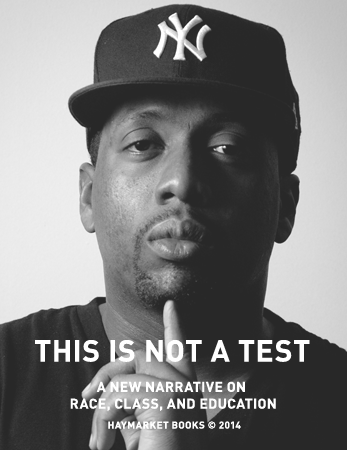Internal documents lay out threats to the Success Academy model | POLITICO:
Internal documents lay out threats to the Success Academy model
Success Academy, New York City’s largest and most influential charter network, faces multiple potential crises as it attempts to triple in size over the next decade, according to a series of internal documents obtained by POLITICO New York.
The documents, which include memos, financial documents and a comprehensive draft risk assessment, show anxiety among Success executives over a variety of external threats to the network, including a “less than friendly press corps,” a “politically dynamic environment” that could stall the network’s growth, and rising real estate costs that threaten to “destroy our financial model.”
But the documents also provide an unprecedented glimpse into the internal struggles at the network, which has received national attention for the high test scores of its students, most of whom are black or Latino and come from poor neighborhoods.
The documents reveal uneven returns on political spending, including more than $700,000 on a pro-charter rally last year in Albany, and concerns about a pressure-filled environment that
has led to high turnover and the possibility of cheating. High-ranking Success employees also expressed dismay over a major technology investment that has yet to pay dividends, and worried over the pace and direction of the organization’s expansion.
“I don’t think the question is fully answered on how we can maintain high education quality while we scale up,” said one Success executive, as quoted in a 40-page draft of a risk assessment prepared by network staff and circulated among network executives in December 2014.
Risk assessments, sometimes required for insurance purposes, are designed to predict worst-case scenarios.
The “Enterprise Risk Assessment,” based on 14 interviews with members of the network’s senior leadership team, is dominated by concerns about the organization’s inner workings, including a disappointing $20 million student data tracking system, an uncertain talent pipeline, and the lack of a clear successor to the network’s high-profile founder and CEO, Eva Moskowitz.
“This is our single point of failure and an existential risk,” said one executive, referring to the potential leadership vacuum. (This risk assessment includes “selected comments by interviewees” for each section, but does not identify them by name.)
The expressions of concern come as Moskowitz aims to harness tens of millions of dollars in public and private funds to expand the network from its current 34 schools, serving 11,000 students, to 100 schools and 50,000 students over the next decade. That ambitious plan is key to her broader aim of establishing Success as what the network describes as a “catalyst and national model for education reform efforts,” and a legitimate citywide competitor to the incumbent public school system.
Stefan Friedman, a spokesman for Success, noted in an emailed response to a series of questions that the risk assessment was compiled in 2014, when the network underwent its largest-ever period of growth, opening ten schools in a single year.
"Whether its opening 100 schools total or 100 additional schools, we will not rest until we are able to provide a high-quality education not only to our current student population, but to the tens of the thousands of children on our waiting lists who have been banished to low-performing district schools due to nothing more than political gamesmanship,” he said.
MOSKOWITZ, A FORMER DEMOCRATIC CITY COUNCILWOMAN who made a reputation for herself with stinging critiques of the powerful city teachers’ union, has long criticized New York City’s sprawling, unionized public school system for its relative rigidity and inability to respond promptly to students’ needs. She has offered her rapidly expanding network as a counterpoint to that system, and aims to grow it to a size that
Internal documents lay out threats to the Success Academy model | POLITICO:














